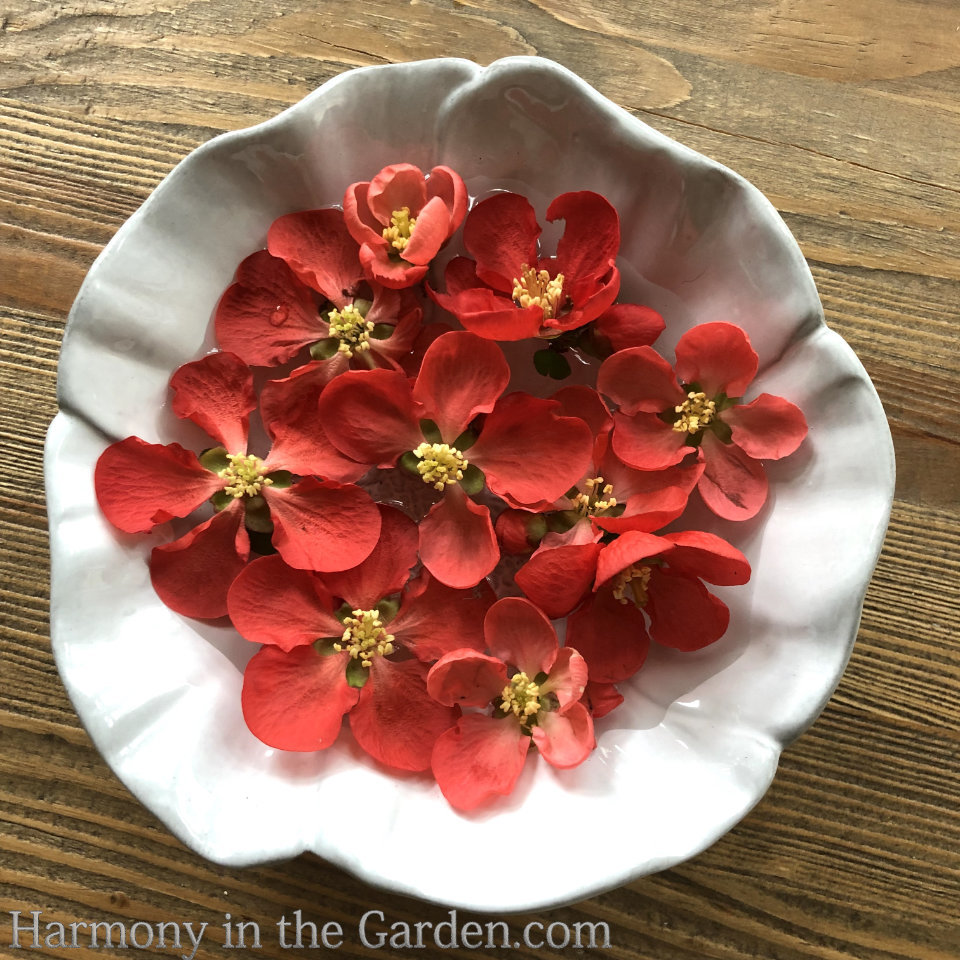
It’s almost spring and there’s lots happening in the garden right now, but I have to say the flowering quince and pipevine swallowtails are stealing the show!
There’s nothing subtle about these flowers, ushering in spring loud and clear, shouting to the world that spring is here!
Bright orangey-red blooms cover the bare, gray tangle of branches and last for up to 8 weeks in my garden (sometimes longer!)
As I’ve mentioned in previous posts, I could count on one hand the plants worth keeping when I moved here three years ago. But the flowering quince was definitely one of them. Well, to be more precise – five of them, as there are five giant shrubs at the very bottom of my front garden.
When I first moved in, they weren’t in bloom and just sat there being their overgrown, messy (but green!) selves. I had a lot more on my plate to deal with than them, so I ignored them for the year.
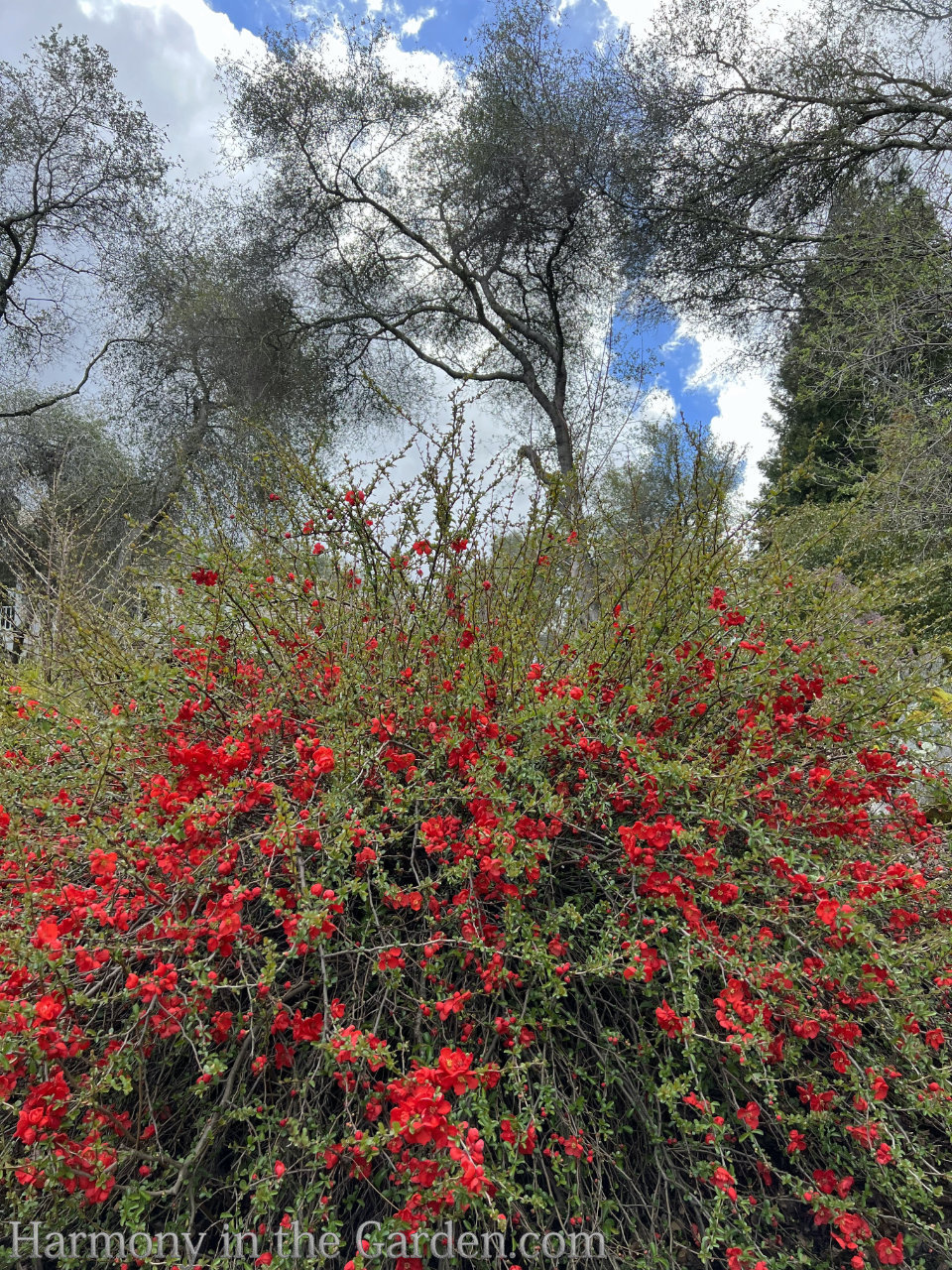
Boy, was I thrilled when the next spring rolled around and saw THIS!
Since then, I’ve worked a bit on pruning them back and taming the tangled ball of branches they had become.
I don’t prune much (maybe taking 1/3 off of the longest branches) as I much prefer naturally shaped plants versus those sheared into unnatural shapes – ugh.
I prune and tidy up right after the blooms disappear, as the following year’s flowers form on the new wood and need the entire summer and fall to ‘harden off.’
If I pruned them later in the year, I wouldn’t necessarily hurt the plant, but it would sacrifice the following year’s flowers.

Here’s another one of my shrubs – amazing, isn’t it?
Chaenomeles speciosa (pronounced ky-anom-aleez) are hardy in zones 4-10 and are fairly drought tolerant once established.
Mine have thrived in this garden for who-know-how-many years with no irrigation at all.
I can only assume they’re doing so well because their mature roots may have grown deep down to reach the higher water table in that part of my garden.
Not sure if this is the reason, but in my HOT summer climate, to be receiving no irrigation at all and to thrive is nothing short of a miracle.

Flowering quince are also deer-resistant, thanks to sharp thorns, which also makes them the ideal gathering spot for the many birds in my garden.
Tucked safely away in the thorny branches, the birds chatter away, feeling safe and secure that nothing can get them.
Later in the summer, odd-shaped bitter-sour, yellow fruit forms that I leave on the shrub for any hungry wildlife to nibble.
And last, but not least, the branches make fantastic cut flowers, slowly opening over the course of about 10 days.
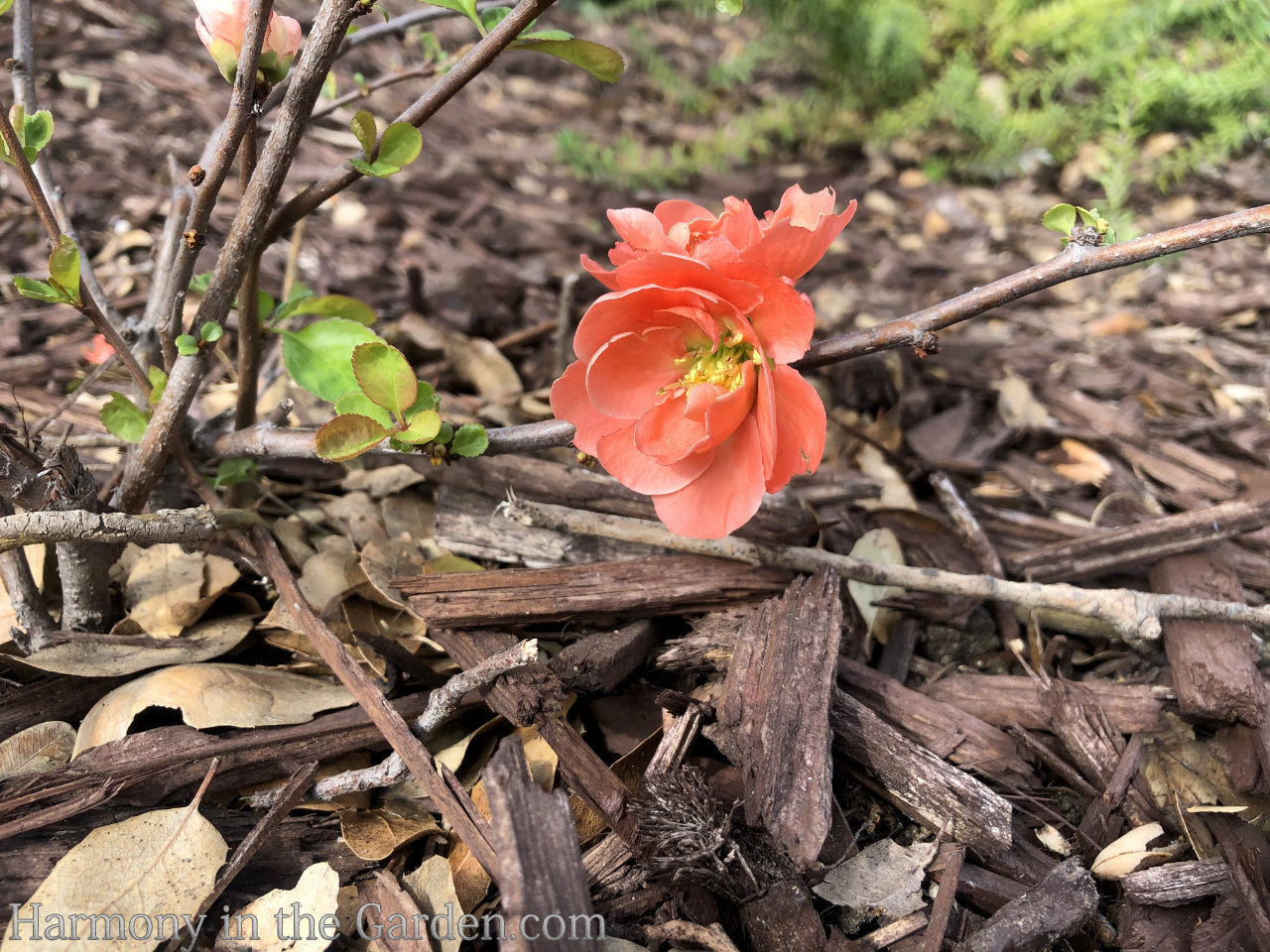
I also have a newer variety, ‘Doubletake Peach’, from Proven Winners, that grows to a mid-sized 4-5’ x 6’ shrub.
It has soft peach-colored flowers and is thornless, making this variety a fantastic plant for the middle of the border.
Mine is still a small plant, sent to me in a tiny 4” pot, but even so I’m still getting a few pretty peachy flowers.
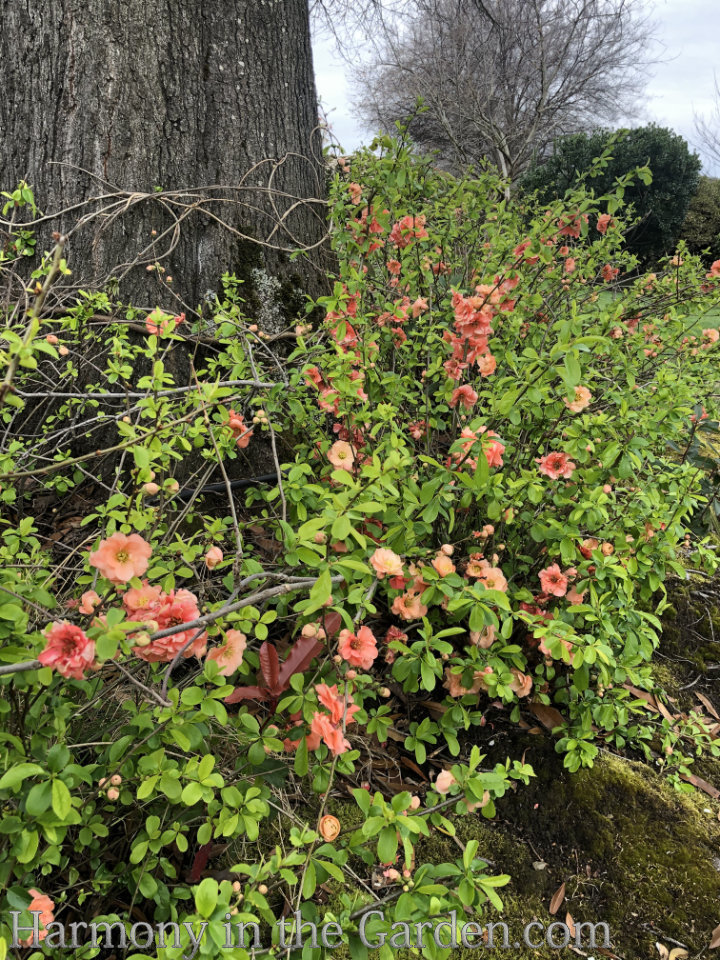
The ‘Cameo’ variety grows even shorter, topping out at 3’ x 5,’ with larger apricot-colored blooms.
In the photo (below) it’s growing in my client’s garden at the front of the border.


Or, if you prefer white flowers, you might try Chaenomeles speciosa ‘Snow’, which has newly-opened flowers tinged with soft pink before aging to pure white.
If that’s too large for your garden, there’s another white-flowering quince called ‘Jet Trail,’ which grows to a smaller 3’x3’.
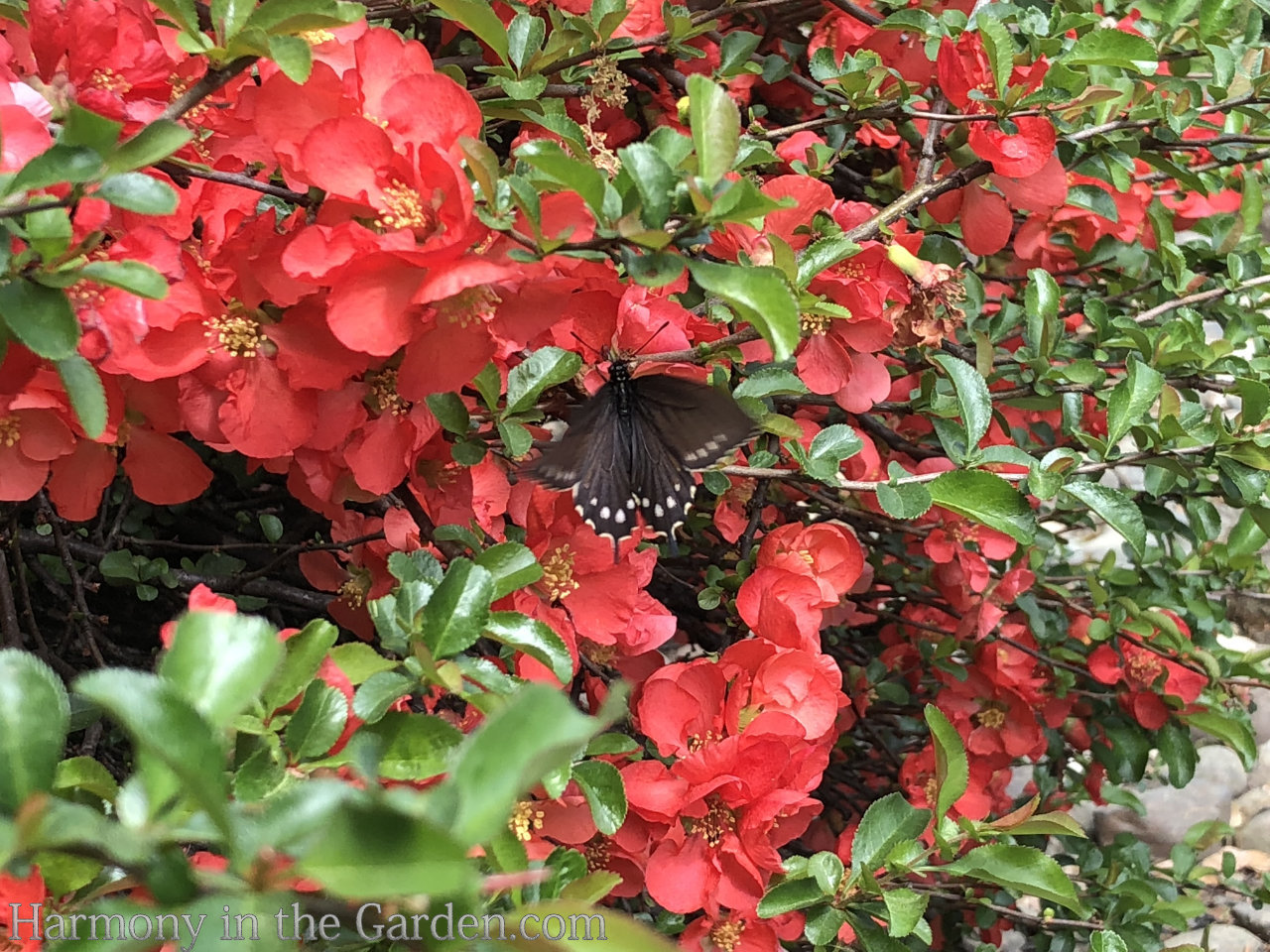
During that first spring in my new garden, I fell in love with the hundreds of colorful blooms that covered my quince bushes.
However, there was more to come – SO much more.
One morning I went outside and found dozens and dozens of pipevine swallowtail butterflies feasting on the quince nectar.
I had never even seen one of these butterflies before, much less this many at the same time.
There were so many that they were literally flying directly into me in their distracted frenzy. I thought I had died and gone to butterfly heaven!
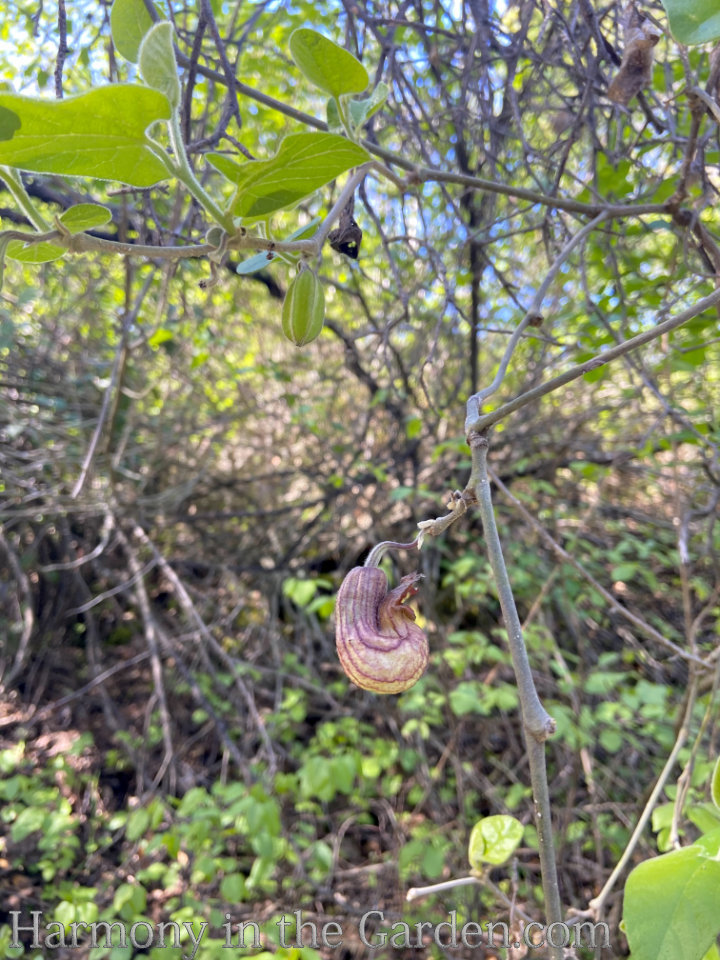
After doing a bit of research, these butterflies are similar to monarchs in that the baby caterpillars rely 100% on a host plant to survive– which isn’t quince.
The pipevine caterpillars require an ample source of our native Dutchman’s Pipevine (Aristolochia californica,) which just so happens to grow in abundance all around the wilder areas of my neighborhood.
When hiking, I always love finding the small, odd-shaped ‘pipes’ that dangle among the heart-shaped foliage.
After gorging themselves on the vine, the little caterpillars transform into vibrant green chrysalis for a few weeks, until…

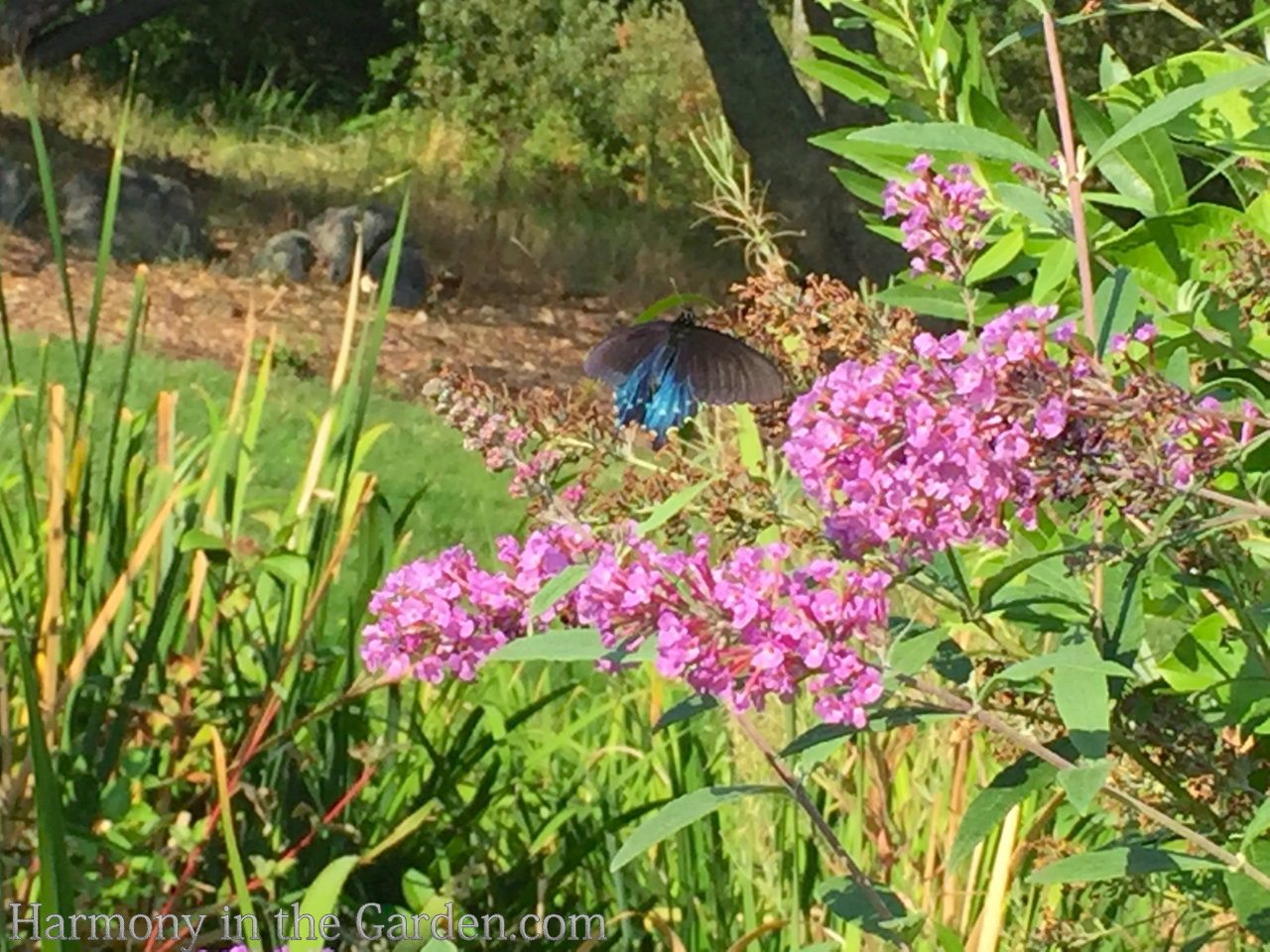
BOOM!
Huge, metallic blue and black butterflies emerge, ready to feast upon my quince!
Other favorites include lilac, lavender, common azaleas, phlox, teasel, dame’s-rocket, lantana, verbenas, lupines, thistles, and California buckeye, to name just a few.
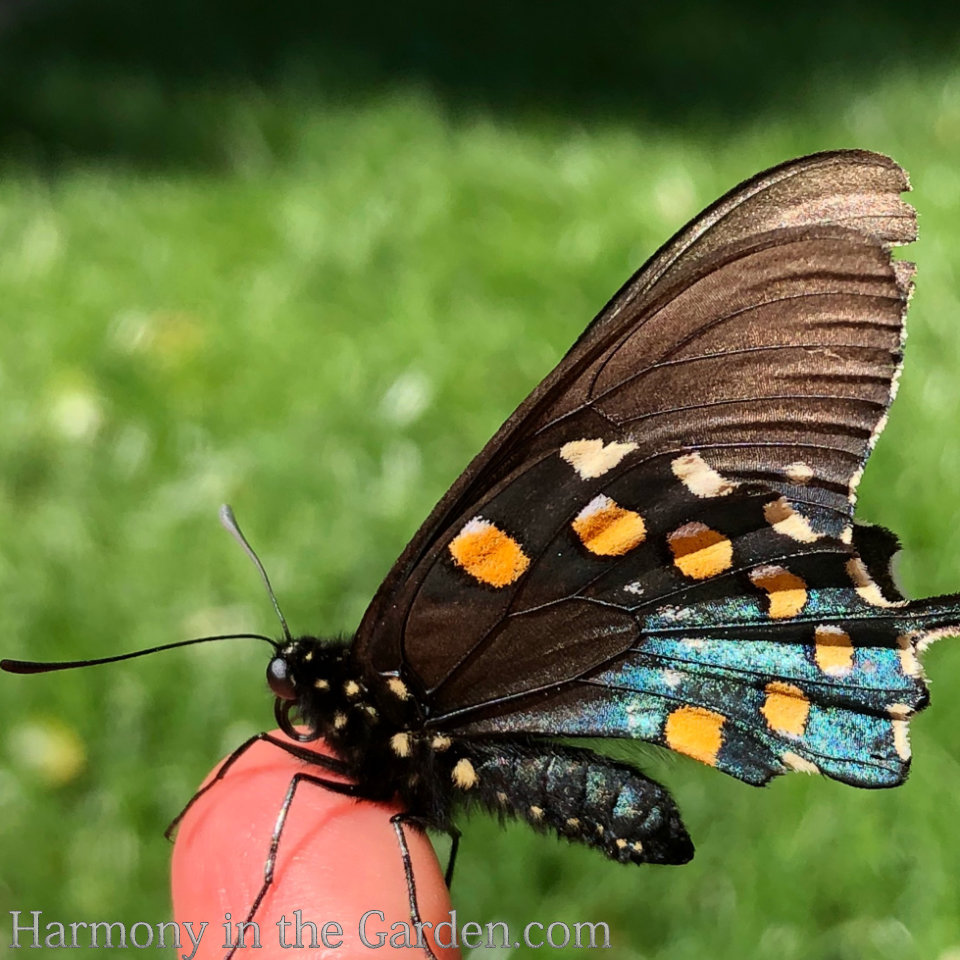
And to celebrate the arrival of spring, below is a video of a beautiful Pipevine Swallowtail feasting on one of my lavender plants.
If you’d like to see more amazing late-winter, early-spring flowers, click here.
Happy Gardening, my friends!






18 Comments
Dear Rebecca,
I bought a tiny quince bush upon returning from My native Yugoslavia where they make a delicious liquor with it that I couldn’t get enough of, called “dunjevaca”. My bush never thrived in the North Carolina sandbar where I lived and I found out that the ornamental I bought doesn’t bear fruit at all, so I left it for dead in its pot and forgot about it planting animals around it in the hue pot. Fast forward ten years later… what is that bush in that pot… still waiting…
“Annuals” not animals thanks spellcheck
Hi Nevenka, wow – a liquor made from Quince? I’ve never heard of that and will now be on the hunt!!! I laughed at spellcheck’s ‘animals’ correction, Siri and spellcheck do that to me all the time! In the 10 years that have passed, I hope you’ve been able to find another quince that bears fruit for you – mine will produce a handful of giant yellow-ish fruit that I leave on the bush for hungry critters as I’m never sure what exactly to do with it. I wish I could send it to you!
Rebecca dear,
I so love your posting. A quince was the first plant I bought when I found out that I was going to have Noah. I love that shouting color, it makes me smile, But, I must say that the native pipe vine is one of my favorites. We took the Lepidoptera class at Audubon Canyon Ranch and just seeing the chrysalises all over the vine was life-changing. You’re so lucky to have it growing there naturally. Glad you appreciate it. I bought my vine from Judith Larner Lowry’s shop in Bolinas. I’ve had it for twenty plus years and it does great in the shade.
Sending love to you and Tom.
It’s so nice to hear from you, Sharon, and I’m so glad to hear the pipe vine grows in the shade (always such a rarity to find vines that thrive there, right?) I love your memory of quince and Noah, too. It seems a lot of people associate quince with wonderful memories and I predict we’ll see a comeback of this tried and true favorite (hoping so, at least!) Giving love right back to you and Jeff. xoxo
Rebecca, this article was particularly meaningful to me because in my childhood walks to school many years ago in a small town in Indiana where I lived for a few years I relished seeing these marvelous red flowers on the flowering quince bushes in front of residences along the route. They were the harbinger of spring for me. I can’t believe I have never planted one of these shrubs in my garden and am hurrying out to see if I can find at least one in a nursery to buy.. People in my neighborhood in Palo Alto have them, so I have been seeing the blooms for years enroute to the grocery and coffee shop. Thank you for lighting a spark. I had not realized that the species is relatively tolerant of our low-rainfall climate.
What a lovely story, Marilyn, and I’m so happy to have sparked this memory for you. Yes, quince are quite tough and since they come in so many different sizes there’s surely one for your garden. You might try Proven Winner’s Doubletake series, as they’re thornless and a bit smaller, and come in several different colors. Good luck finding one! If a nursery doesn’t have one I bet they could always bring one in for you, never hurts to ask!
Hi Rebecca,
I hiked into an area that had an abandoned home with a stupendously huge flowering quince. It was amazing! We are in Zone 6 and have very cold winters and hot summers with very little rainfall (averaging 10 inches yearly). There is a stream nearby but not close enough for the quince roots to partake. Quinces are amazing plants!
Maia
Hi Maia – isn’t it funny that abandoned homes so often have forsythia, lilac, or quince? 3 of my favorite spring blooming shrubs, and proof that they’re incredibly tough, lasting through years of neglect. I hope you’re doing well and have a lovely spring! xoxo
I loved the video. Short and Sweet!
I’m so glad you liked the video, Carol – a perfect welcome to the first day of spring!
Thank you Rebecca for another awesome blog entry. I’ve learned so much about different plants from your postings! I’m going to have to go quince shopping. Love the information about the beautiful butterflies too!
Thank you, Melissa, I’m so glad you enjoyed this one! Happy Spring!
This is so interesting to me, because we had one of the old fashioned quinces at the very first house we owned. Since it was full of thorns, I never thought about planting one when we moved to a different home! Now, 28 years later, I have just “discovered” (at a local nursery) and planted two of the peach colored thornless quinces in the center of my big boarders. They are small but so beautiful and I am so excited to watch them grow! Thank you for this post!
This was fun, particularly the butterfly video. I love quince and have a large white one that I see as soon as I pull into my driveway. I had no idea it came in white and snatched it up when I saw it a few years ago. Then a friend gave me a sucker from a red one so that is now in my side garden. They are both a joy to see in the spring.
Lucky you to have a gorgeous white variety, Barbara, I bet it’s absolutely stunning this time of year. I’m on the hunt for a smaller white one as I have the perfect spot for it, fingers crossed. Happy Spring!
I just planted a quince last week! It was surprisingly hard to find and the nursery only had one. I think of it as an old fashioned plant that goes with forsythia for announcing spring. You see them out on country roads and you know there used to be a house there. The buds on the plant are so big and bright they look like berries, which is another treat . Enjoy the season!!
I’m so glad you found one, Lin, and I agree with you about them being old-fashioned plants. But they’ve stood the test of time for a reason, right? They’re fantastic for a whole lot of reasons and with all the compact sizes available now, AND different colors, it’s time we bring them back! I hope yours gives you years and years of joy 🙂